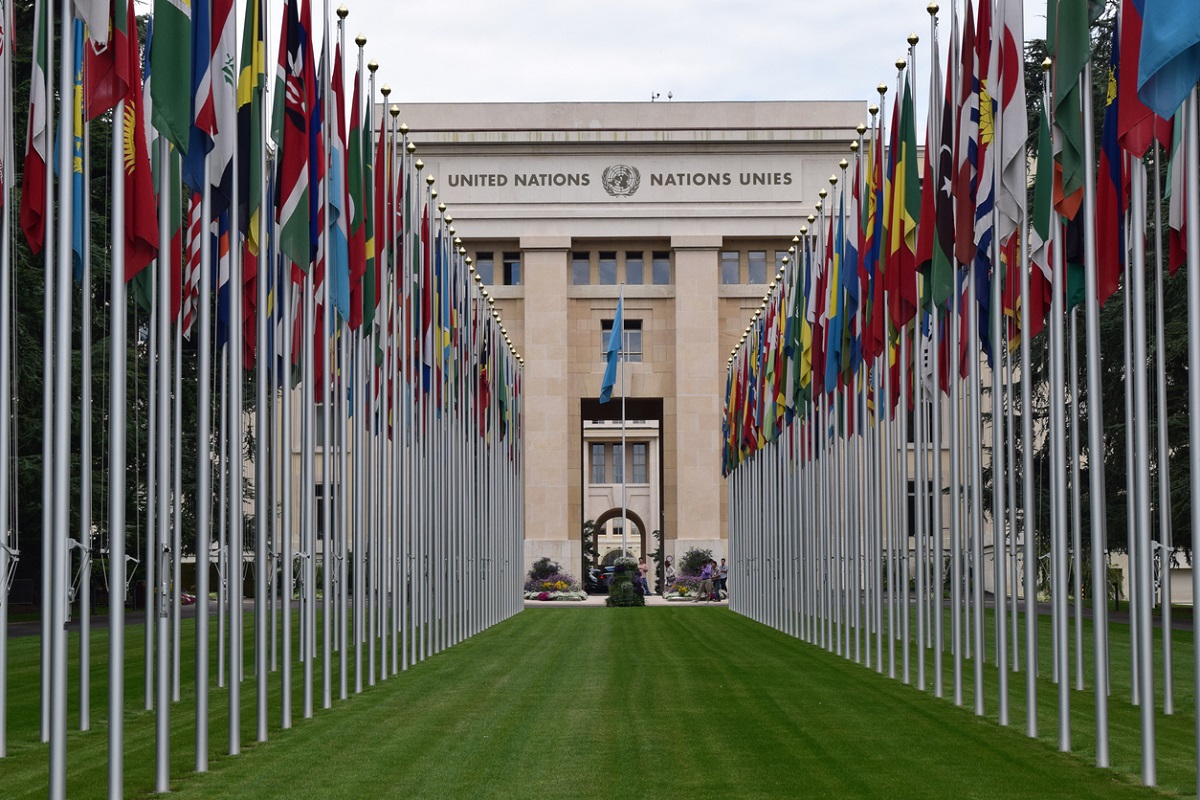Asia hit hardest by climate, weather disasters in 2023: UN
According to the report, in India, severe heatwaves in April and June resulted in about 110 reported fatalities due to heatstroke.
The civilian in the rugged country cries out for peace and the desire is real and deep.

United Nations Building, Geneva. (Stock image)
Has the United Nations report on Afghanistan exposed the heart of the matter in an embattled nation where enough have perished and many more have been incapacitated over the past four decades? The world body has furnished horrifying data pertaining to this year and the previous, specifically that the Afghan government and its international allies have killed more civilians than the Taliban and other insurgents.
Though the rate is 27 per cent lower than in the same period last year, it is cause for international alarm that 2018 alone witnessed what the document calls “record highs”. The statistics are particularly heart-rending when the world reflects that more than a third of the 3,812 casualties are children. The UN has let it be known that the rate of civilian killings is as shocking as it is unacceptable.
During the time-frame, Afghanistan has known a succession of governments and fraudulent elections, and unmistakable must be the paradox of the volatile scenario ~ negotiations with the Taliban have been in progress in parallel to the enormity of the tragedy: people have been killed and killed with abandon. The US is explicit in its commitment to military pressure as a means of creating leverage; the militant group understands the same logic, and seeks to prove it is not cowed.
Advertisement
It is clear that the pro-government forces lack both the will and procedures to protect the Afghans they are supposed to be defending. Without proper recording, investigations of and accountability for injuries and deaths, these casualties will continue.
The nub of the crisis must be that an enduring peace will elude the country so long as civilians are killed. Clearly, the UN is not impressed with the official argument that the Taliban uses civilians as shields. It is palpable too that the pro-government forces have failed to protect the Afghans they are supposed to be defending. Such casualties will continue in the absence of proper records, investigations of and accountability for injuries and deaths. True there has been a spurt in civilian killings post the NATO pullout in 2014. And the parable to be drawn is tragically stark ~ in the absence of Western forces or even a nominal presence thereof, Afghanistan can scarcely be left to its own security devices.
The civilian in the rugged country cries out for peace and the desire is real and deep. Yet there is a societal aspect as well, most particularly the fear that human rights, notably of women, will be compromised in the anxiety to weave a patchwork quilt. Though the Taliban has now sat down with female representatives and is more willing to discuss women’s rights, it is unlikely that its position has fundamentally changed. It hasn’t and not least due to the ideological underpinning. A rushed deal which rapidly falls apart could cause more damage than no deal at all. It is the civilian government that must hold its fire against the civilian.
Advertisement